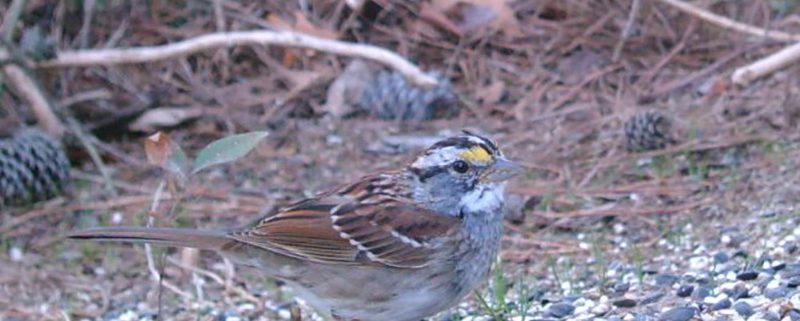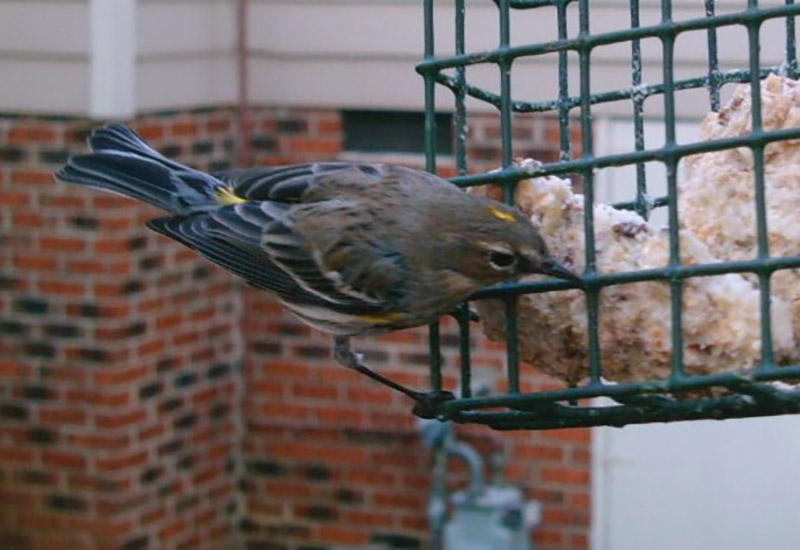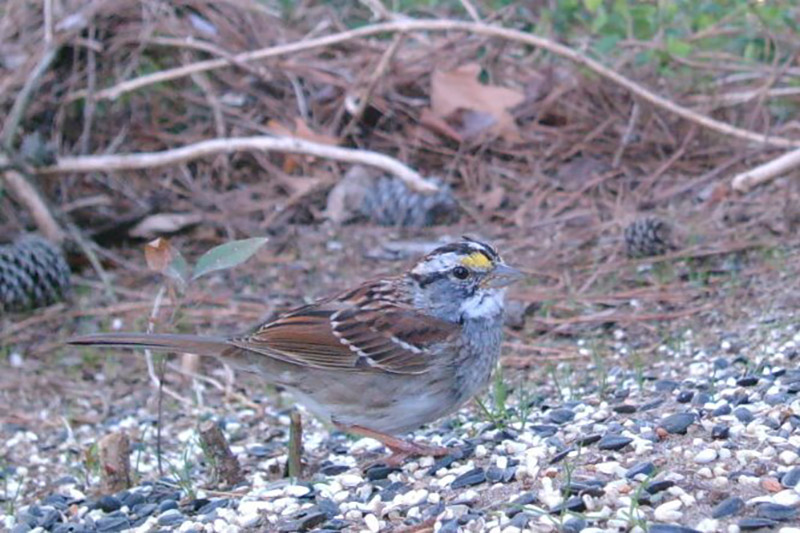Getting Involved in the Great Backyard Bird Count
Cary, NC – Every February, bird lovers around the world come together to count birds in their favorite places. The Great Backyard Bird Count (GBBC) is one of the best opportunities to do “citizen science:” creating lists of birds observed in a particular place and time that help ornithologists study ever-changing bird populations over time.
The GBBC – now in its 21st year – is sponsored by the Cornell Lab of Ornithology and the National Audubon Society and is free and open to all who wish to help. Last year, 181,658 lists documenting 6,262 species were submitted online worldwide, a count that is a sharp 32 percent increase over 2016’s participation. More than 200,000 checklists are expected from this year’s count that will be held Friday, February 16 through Monday, February 19, 2018.
Counters in our local area have been growing apace. In 2017, 650 checklists were submitted that reported on 111 bird species in Wake County. Commonly observed birds in Wake County include Ring-billed Gulls, Double Crested Cormorants and Red-winged Blackbirds, easily found in wetlands, as well as backyard favorites such as American Robins, White-throated Sparrows, American Goldfinches, Yellow-rumped Warblers and Northern Cardinals.
There are always new sightings and surprises. Sharp-eyed observers found some rare and unusual birds in Wake County last year, including a Palm Warbler, a Common Loon and a Yellow Warbler, among others. And local observers helped researchers in our county by collecting data about a remarkable winter species: the Rufous Hummingbird.
In Cary, there is an annual family-friendly count for the GBBC that takes place at Marla Dorrell Park, led by Marla Dorrel and Gary Craven. It is open to all and will be held Saturday, February 17, 2018 at 10 AM.
I am an enthusiast for observing and counting birds at home for this project. The GBBC is a wonderful event for families to learn more about the birds that share their home, particularly those that visit seed and suet feeders. As I have made observations for the GBBC over the years, I have been especially interested in the presence of elusive winter-only visitors such as Yellow-bellied Sapsuckers (a species of woodpecker), Ruby-crowned Kinglets and Hermit Thrushes.
I am also fascinated by periodic waves of migrants from the north; birds that are not readily seen every year, such as Red-breasted Nuthatches, Purple Finches and Pine Siskins. And I yearn each GBBC to find a “big score:” that one bird that makes the count memorable. For me, a Winter Wren or Brown Creeper would do nicely!
Participation in the GBBC is easy. All one needs to do is count birds for at least fifteen minutes during any of the four days of the GBBC, and then report these lists online to birdcount.org. One can count as long and for as many of the four days as desired, and more than one location can be checked. Most participants report on their own back yards, but counts are welcomed at parks, roadsides, and anywhere birds can be found. No expertise or experience is required.
Story and photos by David Lindquist.







